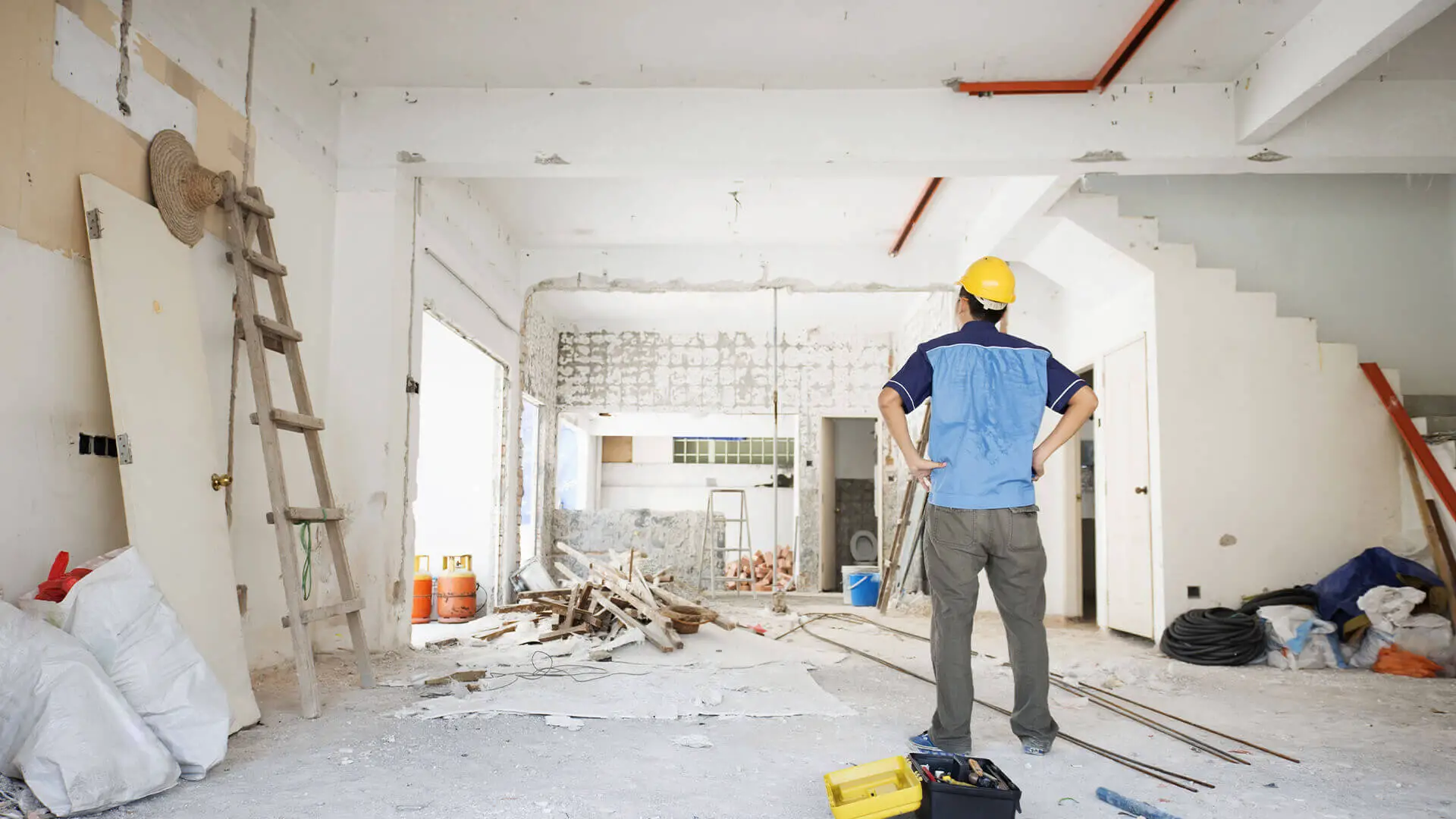If you’ve ever admired the splendor of a historical home, walked through its ancient halls, and daydreamed of restoring it to its original glory, you’re not alone. Home restoration can be a rewarding way to pay homage to a historic building while breathing new life into it for modern use.
However, before taking on this ambitious task, there are many elements that must be considered in order to ensure the preservation of the past coupled with successful renovation for the future. In this post, we will explore essential steps for successful home restoration projects.
Assess the property
If you are planning to restore your home, it is essential to conduct a thorough assessment of the property first. This will help you identify areas that need restoration and ensure that you don’t miss any structural issues, damages, or potential hazards.
A comprehensive assessment may include evaluating the foundation, roof, walls, plumbing, electrical systems, and other essential components. By doing this, you will be able to prioritize the repairs or restoration projects that need to be done first and devise a strategy for the most effective and efficient restoration.
Remember, a well-planned and executed restoration project can significantly increase the value of your home and make it a safer and more comfortable place to live in for you and your family.
Set clear goals
When it comes to restoring a home, it’s important to set clear goals before beginning any renovation work. You should take the time to define your restoration objectives and determine what you are trying to achieve.
Are you looking to preserve historical accuracy or enhance functionality? Maybe you’re trying to strike a balance between the two. Whatever your ultimate goal may be, it’s essential to have a plan in place.
By doing so, you can ensure that the work you undertake will bring your home back to life and that it will be completed to your satisfaction. With a bit of careful planning, you’ll be able to bring your vision for your home restoration to life.

Develop a detailed plan
Home restoration can be an overwhelming task, but developing a detailed plan can make the process much smoother. Creating a comprehensive restoration plan is imperative, outlining specific tasks, timelines, and budget estimates. Whether you have experience in home renovation or not, it’s always a good idea to consider hiring professionals or consulting experts for guidance.
Proper planning can help you save time, and money, and avoid any potential pitfalls. So instead of diving headfirst into a home restoration project, take the time to develop a plan and create a solid foundation for success.
Research and documentation
When undertaking a home restoration project, it is important to research and document the property’s history to ensure that the restoration stays true to its original design and architectural features. Gathering information about the property’s historical significance will add value to the restoration and create a deeper appreciation for the building’s unique attributes.
It is vital to document the restoration process using photographs and written records. This helps to track the progress and document the journey for future generations to enjoy and appreciate.
Ultimately, this research and documentation process will help to maintain the integrity of the restoration for many years to come.
Secure necessary permits
Home restoration is an exciting process; however, it can be easy to overlook certain crucial details, such as securing the necessary permits. Before beginning any restoration project, it is essential to check local regulations and obtain any required permits. This will help ensure compliance with building codes and historic preservation guidelines, ultimately making the process go more smoothly.
By taking the time to obtain the needed permits, you will not only avoid potential fines but also contribute to the overall safety and longevity of your home. So, when planning your home restoration project, make sure you do your research and obtain the necessary permits to guarantee a successful outcome.
Repair structural elements
Addressing structural issues in a home is crucial to ensure its longevity and safety for everyone who resides inside. Whether it’s foundation problems, roof repairs, or fixing damaged walls, it’s crucial to engage qualified professionals who can effectively attend to these issues.
Particularly for roof replacement in Salt Lake City, finding the right team can mean the difference between a patch-up job and a long-term solution. By taking the time and effort to repair any structural elements, you can save yourself from costly damages in the future and enjoy a home that is structurally sound and secure.
Regular maintenance
The hard work doesn’t stop once the restoration is complete. To maintain the condition of your home over time, it’s important to establish a regular maintenance plan. This includes scheduling routine inspections to identify any potential issues early on and addressing them promptly to prevent further deterioration.
A successful maintenance plan can help extend the lifespan of your home and prevent the need for costly repairs down the road. By investing in regular upkeep, you can continue to enjoy your beautifully restored home for years to come.
Remember, home restoration projects can vary greatly depending on the property’s age, condition, and historical significance. Adjust these steps to suit your specific project requirements and seek professional advice when necessary.


